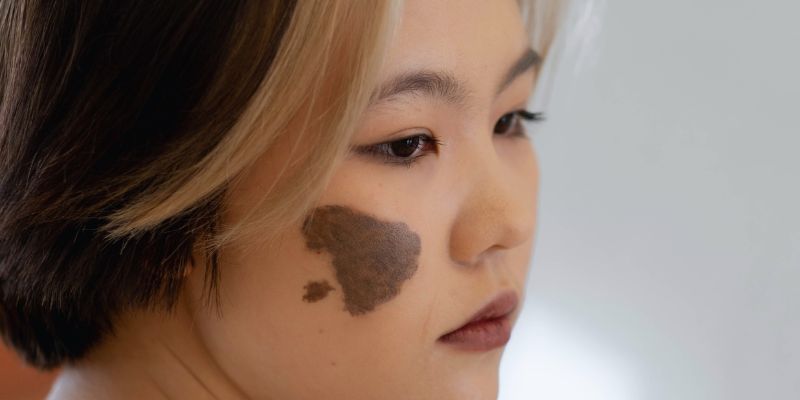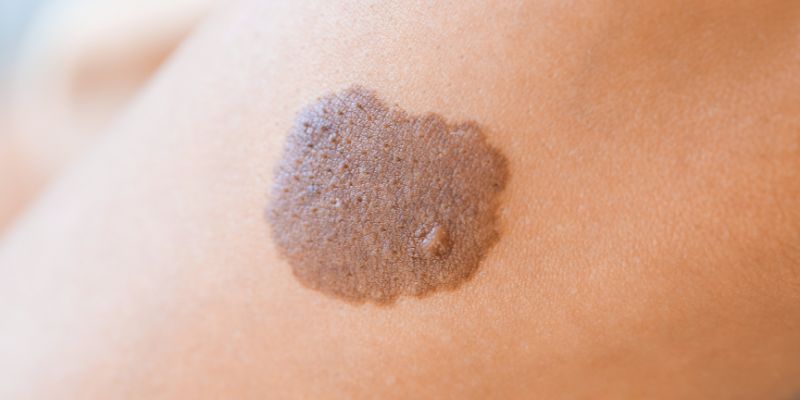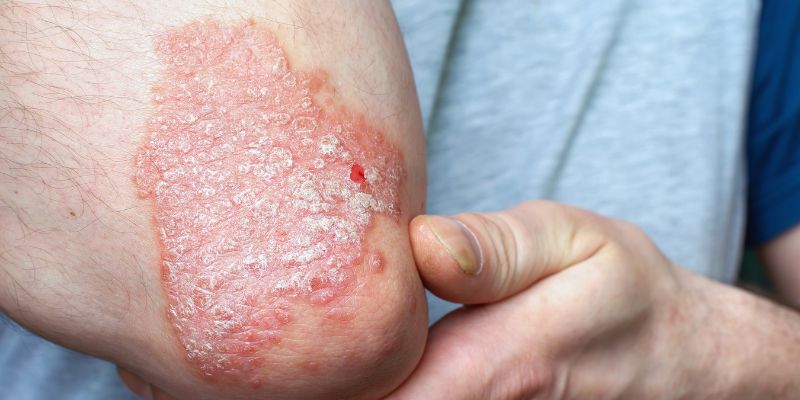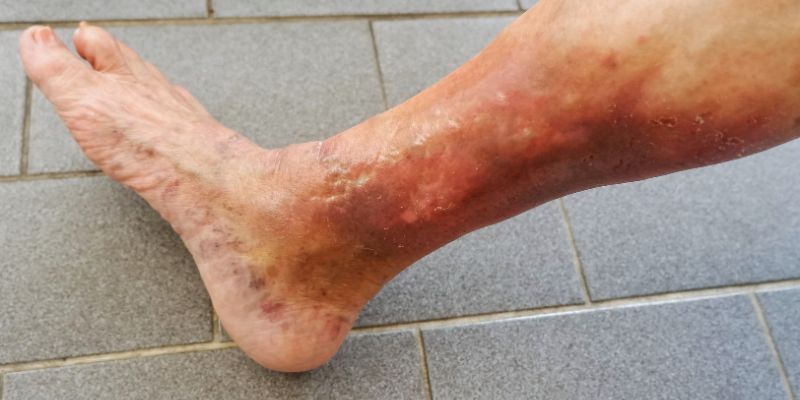Advertisement
Colored spots on the skin that occur at birth or shortly after are known as birthmarks. They can appear anywhere on your face, scalp, or body and affect your skin looks. These marks, which vary widely in size and shape, are highly prevalent. Some birthmarks gradually disappear, and some birthmarks persist until you decide to remove them.
Many birthmarks can be a sign of an undiagnosed health disease, but the majority are normal and go away on their own. Rarely can birthmarks develop into tumors. This article discusses the various kinds of birthmarks, their causes, potential side effects, and ways to lessen the likelihood that they will become dangerous.

Typically, the causes of a birthmark are unclear. Usually, these marks appear by chance. Sometimes birthmarks develop as a result of:

Below, you can find the different types of birthmarks:
Most birthmarks don't cause any long-term health issues and ultimately disappear. However, when a pigmented birthmark appears in a noticeable spot on your body, such as your face, it may cause psychological problems. They may impact your emotions about your appearance and your sense of dignity. It is stated that a strawberry mark or other birthmark may become a blister and cause infection if they are at a place that is often irritated.
People with a big congenital melanocytic nevus have a 510% possibility of developing melanoma, a serious kind of skin cancer. Additionally, glaucoma is more likely to occur if there is a port-wine stain surrounding the eye. Children who have strawberry scars on their eyelids need to be treated quickly to reduce their chance of developing visual issues. Similarly, a strawberry mark makes it difficult to breathe or eat and needs immediate treatment. Rarely, Sturge-Weber syndrome, a blood vessel disorder that affects the skin, brain, and eyes, can cause port-wine stains.
If you're unhappy with the way a birthmark appears on your skin, consider getting it removed with your doctor. It is not advisable to try to get rid of a birthmark at home. If you have a higher chance of getting skin cancer, your doctor will advise getting some birthmarks removed.
A birthmark can be removed with the following treatments:
Port-wine stains can be eliminated or lightened with laser therapy, which will reduce their visibility. A dermatologist or surgeon provides this kind of care. It makes use of intensely focused pulsing light beams whose intensity can be adjusted. Laser treatment may be most effective when initiated in childhood, although it can be used on people of all ages. Usually, you will require multiple treatments. A local anesthetic may be used for painful laser treatments. They frequently yield long-lasting effects. There may be brief bruising or edema.
Oral medicines called beta-blockers are used to alleviate hypertension. Propranolol, one kind of beta-blocker, might be used to lessen the size or visibility of hemangiomas. It lowers blood circulation by tightening the blood vessels, causing the hemangioma to smooth, disappear and shrink. Timolol, another beta-blocker, can be given orally and might work similarly. Anti-inflammatory drugs called corticosteroids can be placed directly into birthmarks or given orally. They function directly in the blood vessels and help reduce the size of the birthmark.
A doctor might suggest surgery if previous treatments are ineffective and the birthmark is creating health issues. Surgical removal is a good treatment for certain birthmarks. They include extremely large hemangiomas that may harm nearby healthy tissue. Birthmark removal can even take place at a dermatologist's office as opposed to a hospital. After giving local anesthesia, a physician removes the birthmark with a tiny knife. If it is huge, it may be treated in parts over a number of appointments. Another surgical method that is occasionally employed to lessen the damage that results from surgically removing birthmarks is tissue expansion. As a result of this procedure, a flap of new, good-looking skin develops. This flap covers the birthmark's former location.
A birthmark is a spot that develops in early childhood or that is present at birth on the skin or beneath it. The appearance of birthmarks varies. They aren't brought on by whatever the birthing parent did or didn't do when they were pregnant. Instead, they are natural changes to your look that might or might not be apparent. The majority of birthmarks are benign, and many eventually go away entirely. Some are permanent and may cause cancer. Treatments like laser therapy can be used to get rid of them. Birthmark removal procedures are frequently most successful when initiated in infancy.
Advertisement

By Vicky Louisa/Dec 15, 2024

By Isabella Moss/Dec 26, 2024

By Elena Davis/Jan 02, 2025

By Sid Leonard/Oct 05, 2024

By Gabrielle Bennett /Oct 13, 2024

By Susan Kelly/Dec 13, 2024

By Christin Shatzman/Oct 14, 2024

By Martina Wlison/Dec 26, 2024

By Darnell Malan/Dec 25, 2024

By Alison Perry/Oct 18, 2024

By Noa Ensign/Oct 18, 2024

By Celia Kreitner/Oct 14, 2024